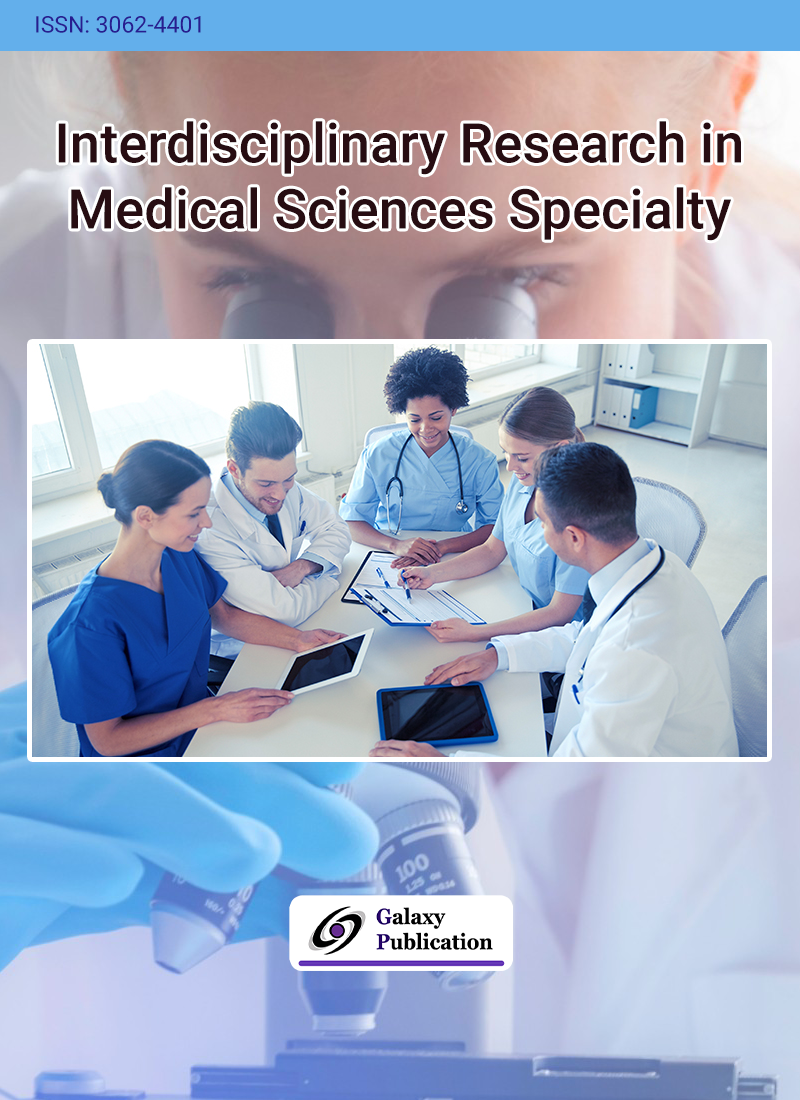
Untreated craniosynostosis can lead to a variety of problems, including cognitive and psychological problems, as well as craniofacial deformities. However, its association with epileptic seizures is still unclear. This review aimed to assess the occurrence of epilepsy among people with craniosynostosis. Several databases, including the Cochrane Library, Science Direct, Web of Science, EBSCO, and PubMed, were searched for relevant studies. Rayyan QCRI was used to screen the titles and abstracts of articles before comprehensive evaluation of the full texts. A total of 11 studies, involving 21,456 craniosynostosis patients, were included in the analysis. The majority of these patients were male. The highest reported prevalence of preoperative seizures was 12.2%, while the lowest was 2.5%. For postoperative epilepsy, the highest rate was also 12.2%, and the lowest was 0.24%. There is a significant gap in research concerning epileptic seizures due to craniosynostosis. While metabolic or hemodynamic complications following craniosynostosis surgery are more frequently documented, neurological issues such as epilepsy require vigilant monitoring. The findings suggest that patients with syndromic craniosynostosis tend to experience more severe complications compared to those with non-syndromic forms.